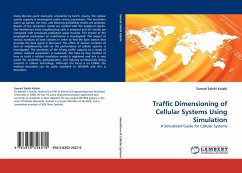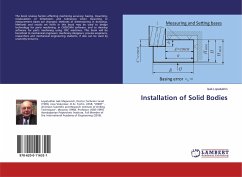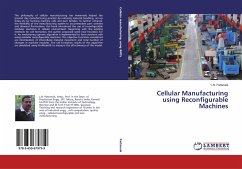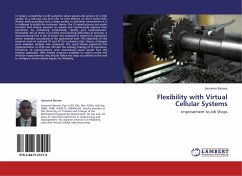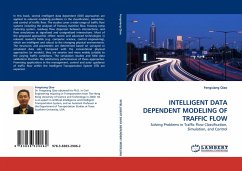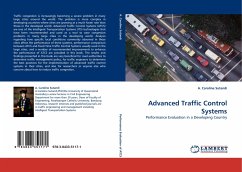Using discrete event stochastic simulation by batch- means, the cellular system capacity is investigated under various parameters. The simulation warm-up period, run time, and blocking probability results are analysed. Results of the simulation model are verified with the analytical results. The interference from neighbouring cells is analysed and the results are compared with previously published upper bounds. The impact of the propagation parameters on interference is investigated. The impact of various numbers of base stations in order to find the base station that provides the best signal is discussed. The effect of various numbers of tiers of neighbouring cells on the performance of cellular systems is investigated. The sensitivity of the Erlang traffic capacity to a range of cellular network parameters is evalauted. The Step by step method of how to build a cellular simulation model is explained and this is very useful for academics, postgraduates, and industry professionals doing research in cellular technology. Although the focus is on CDMA, the method described can be easily extended to WCDMA and this is described.
Bitte wählen Sie Ihr Anliegen aus.
Rechnungen
Retourenschein anfordern
Bestellstatus
Storno

